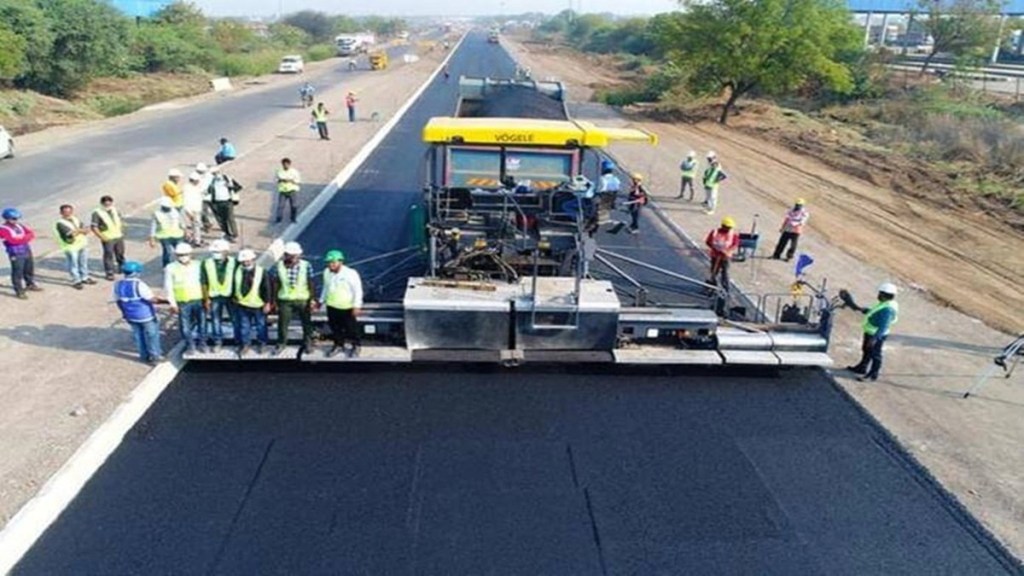With a view to reduce the carbon footprint, the Ministry of Road, Transport and Highways is exploring options to construct national highways using Phosphor-Gypsum. The move aims to enhance durability and make construction more economical. India has the second-largest road network in the world.
In this context, the National Highways Authority of India (NHAI) along with the Department of Fertilizers will soon take up field trials on its projects to achieve a circular economy in the use of Gypsum.
Also Read: Delhi set for mega transformation! Infra push to change the face of city roads very soon
The move is in line with the government’s commitment to using waste material in building ecologically sustainable National Highway Infrastructure in the country.
What is Phosphor-Gypsum?
The Phosphor-Gypsum is a by-product of fertilizer production. A Phosphor-Gypsum road was first constructed by an Indian fertilizer company. Later the road was evaluated by CRRI (Central Road Research Institute) and based on their report, the Indian Road Congress (IRC) has formally accredited neutralized Phosphor-Gypsum waste material for road construction for a period of three years.
Use of plastic waste in road construction:
In the past also, the NHAI has encouraged the use of plastic waste in road construction. Several studies have shown that roads built using plastic waste are more durable and sustainable. The roads made up of waste plastic also increase the life of the bitumen. The construction of a one km long four-lane highway requires around seven tonnes of plastic waste.
Use of fly ash in road construction:
The NHAI authorities have already used ‘Fly Ash’ in the road construction project and in building flyover embankments. It is a fine residue of coal combustion in Thermal Power Plants (TPPs). Around 1.2 crore cubic meters of fly ash have been used in the construction of a 125 km long six-lane ‘Eastern Peripheral Expressway.

